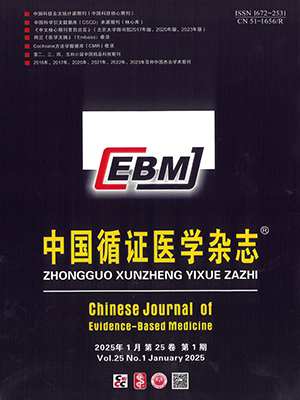Objective To investigate the clinical efficacy and safety of coblation-assisted adenotonsillectomy for treatment of children with obstructive sleep apnea hypopnea syndrome (OSAHS).
Methods From June 2007 to May 2008, after monitoring polysomnography (PSG) confirmed 82 cases of OSAHS in children aged 3 to 14 years, with an average age of 6.2 years old, the ENT CoblatorII surgical instrument made by Arthrocare in the US and one-time EVac 70 T amp; A segment was used under complete anesthesia to remove tonsils and(or)adenoid ablation. Polysomnography monitoring was used preoperatively and 6 months postoperatively to determine the therapeutic effect.
Results No significant complications occurred among the children both during the operation and postoperatively. Patients were followed for 6 months, and a satisfactory effect was achieved. The lowest oxygen saturation (LSaO2) improved significantly (P lt;0.001); the apnea-hypopnea index (AHI) decreased significantly after the operation (P lt;0.001). In accordance with OSAHS diagnosis and efficacy evaluation standards, 45 patients were cured after 6 months, 21 patients showed an excellent effect, 10 patients showed a good effect, six patients had no effect, and the total effective rate was 92.6%.
Conclusion Low-temperature coblation-assisted adenotonsillectomy has good clinical efficacy with a shortened surgical time, less intraoperative and postoperative blood loss, less postoperative pain, few complications, and a simple operation procedure. It can effectively expand the nasopharynx, oropharynx ventilation cross-sectional area, lift the upper airway obstruction, and can be especially suitable for surgical treatment of children with OSAHS.
Citation: WANG Jie,LIU Dabo,HUANG Zhengyun,ZONG Jianwen,TAN Zhongyu,CHOU Shuyao. The Clinical Observation of Coblation-assisted Adenotonsillectomy for Treatment of Children with Obstructive Sleep Apnea Hypopnea Syndrome. Chinese Journal of Evidence-Based Medicine, 2009, 09(6): 709-712. doi: 10.7507/1672-2531.20090125 Copy
Copyright © the editorial department of Chinese Journal of Evidence-Based Medicine of West China Medical Publisher. All rights reserved




